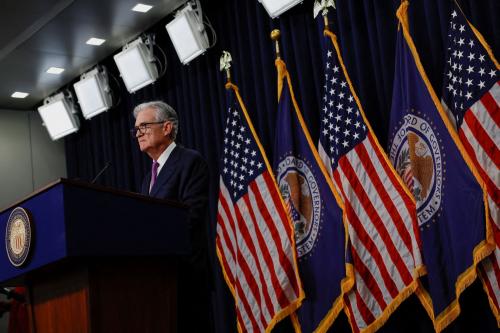Editor’s Note: This commentary was originally published on VoxEU.org. Total foreign exchange holdings are larger than ever, largely due to reserve accumulation by emerging and developing economies. Eduardo Levy-Yeyati investigates the driving forces behind the accumulation of foreign exchange reserves and finds that exchange-rate smoothing, rather than precautionary stockpiling, is the main driver.
The argument against reserve accumulation by emerging economies is often built on three premises:
- reserves introduce negative externalities: they perpetuate global imbalances and depress interest rates, stimulating asset bubbles (Aizenman 2009);
- reserves are costly: most indebted emerging economies need to pay a carrying cost roughly proportional to the sum of their sovereign credit risk premium and the term premium in the reserve currency of choice; and
- reserves are precautionary: they are purchased to build self-insurance “liquidity war chests” to prevent or defend against a sudden capital-account reversal.
Of these three premises, the first one reflects a complex coordination problem that exceeds cost-efficiency considerations by individual countries. The other two, in turn, merit some important qualifications.



Commentary
What Drives Reserve Accumulation (And At What Cost)?
September 30, 2010